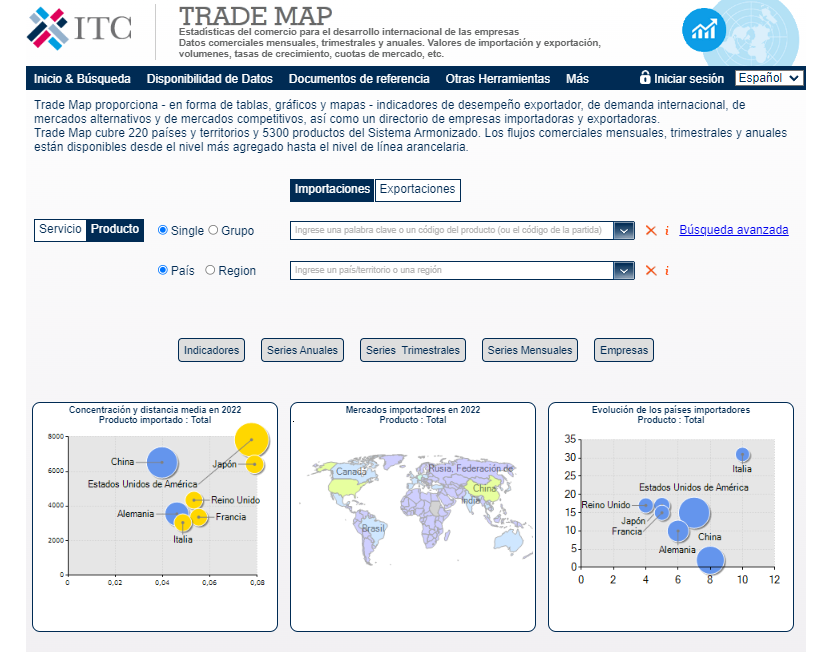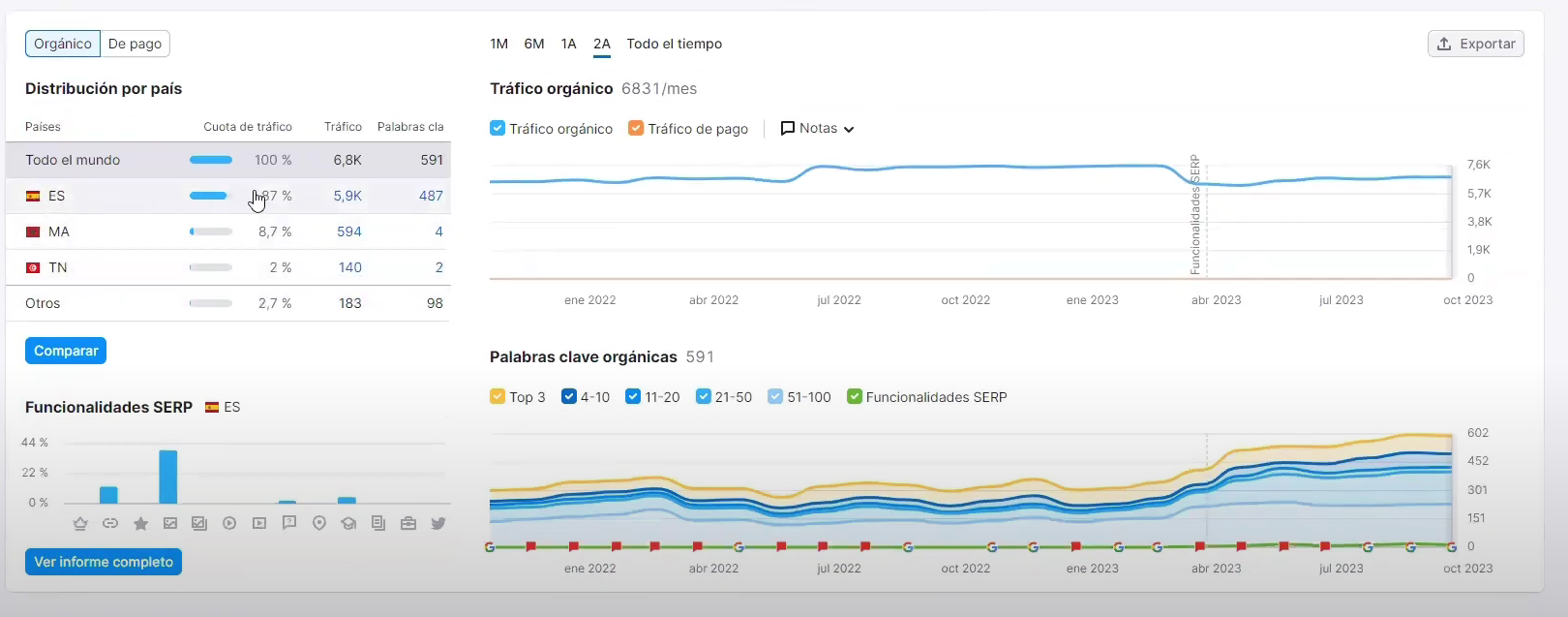 Blog
BlogCompetitive Intelligence in the Internationalisation Process
What is competitive intelligence?
Competitive intelligence is a fundamental process in business that involves researching and analysing information about competitors in order to make informed decisions. In other words, it consists of gathering relevant data on the actions and strategies of rival companies in order to gain competitive advantages.
One of the main tasks of competitive intelligence is to identify and understand the business environment in which a company operates. To do this, an exhaustive analysis of the competition, both direct and indirect, is carried out in order to understand its strengths, weaknesses, opportunities and threats (SWOT).
Another important aspect of competitive intelligence is the selection of markets and segmentation to focus the analysis on specific customer profiles. By better understanding potential customers, a company can tailor its products, services and marketing strategies to meet their needs more effectively.
Tailoring to the target market
In today's business world, it is essential that companies adapt appropriately to the target market they wish to reach. Target market adaptation involves a thorough analysis of trends, customer preferences and competition in the target market. This analysis is essential to understand the needs and wants of customers, as well as to identify the opportunities and threats facing the company.
The first step in adapting to the target market is to conduct an analysis of current trends . This includes examining the demographic, social, technological and economic issues that could affect the industry and consumers in the target market. Being aware of emerging trends will help the company anticipate changes in demand and adjust its strategy accordingly.
In addition to trends, it is also crucial to understand the preferences of customers in the target market. This involves researching and gathering information on customer needs, wants and expectations. By understanding what customers really value, companies will be able to develop products and services that meet their demands more effectively.

Competitor analysis is also an integral part of target market adaptation. Studying competitors in the target market allows companies to identify the strengths and weaknesses of the competition, as well as the strategies they are using to attract customers. This provides the company with valuable information that will help it differentiate and stand out.
Once the analysis has been completed, the company can begin to adapt its products, communication and distribution channels to the target market. This involves adjusting existing products and services to align with customer preferences and needs. Communication messages and brand identity should also be adapted to resonate with the specific market.
In terms of distribution channels, it is important to identify the most effective and efficient channels to reach customers in the target market. This could involve using online sales channels, establishing strategic alliances or developing local distribution agreements. The key is to ensure that products are available where and when customers need them.
Tools for market and competitor analysis
Trade Map
Trade Map is a database developed by the United Nations that contains detailed information on global imports and exports of goods. It allows customised queries and provides real-time data for market analysis. This tool is particularly useful for identifying a country's main trading partners, international trade trends and the growth of specific sectors.

SEMrush
Competitor analysis is a crucial part of any successful business strategy. By examining your competitors, you can gain valuable insights into their strategies, product offerings, pricing and distribution channels. This will allow you to identify opportunities to differentiate yourself in the market and improve your own performance.
A useful tool for a thorough analysis of your competitors is SEMrush. This platform allows you to analyse your competitors' online presence and search engine rankings. You can get information about the keywords they are using, the amount of traffic they receive and the SEO strategies they are implementing.

When performing a competitor analysis, it is important to consider both your direct and indirect competitors . Direct competitors are those that offer similar products or services to yours, while indirect competitors are those that meet the same customer needs but through different products or approaches.
Competitor analysis will help you identify your competitors' strengths and weaknesses, as well as the opportunities and threats facing your own business. This will allow you to adjust your marketing and product development strategy to make the most of opportunities in the market.
Using tools and technology to gather information
PowerBI
PowerBI is a powerful tool that allows us to visualise data in a clear and concise way. With its ability to create interactive reports and customised dashboards, we can analyse trends, identify opportunities and make data-driven decisions.
Deep Web
In addition, we must mention the importance of the Deep Web. Although often associated with illegal activities, the Deep Web also harbours a wealth of valuable information that is inaccessible to traditional search engines. By using advanced search techniques, we can find valuable data that can give us a competitive advantage.
The future of internationalisation
Marketplaces have become key platforms for the internationalisation of companies. These websites allow companies from all over the world to sell their products and services in one place, giving them instant global exposure and the opportunity to reach a much wider audience. In addition, marketplaces offer tools and support services that make it easier to enter and manage operations in foreign markets.
To make the most of these marketplaces and succeed in internationalisation, companies need to develop specialised and segmented strategies. It is no longer sufficient to have a single, generalised strategy for all markets. It is essential to understand the particularities of each country and adapt the offer and communication accordingly. This implies developing marketing and sales strategies adapted to each target market, taking into account cultural, linguistic and regulatory factors.














